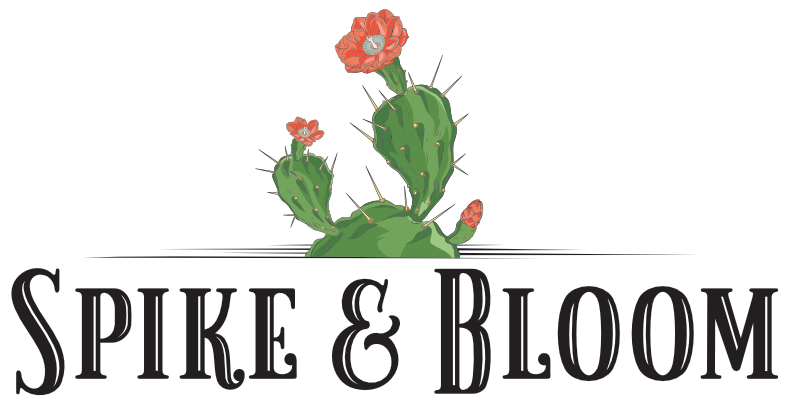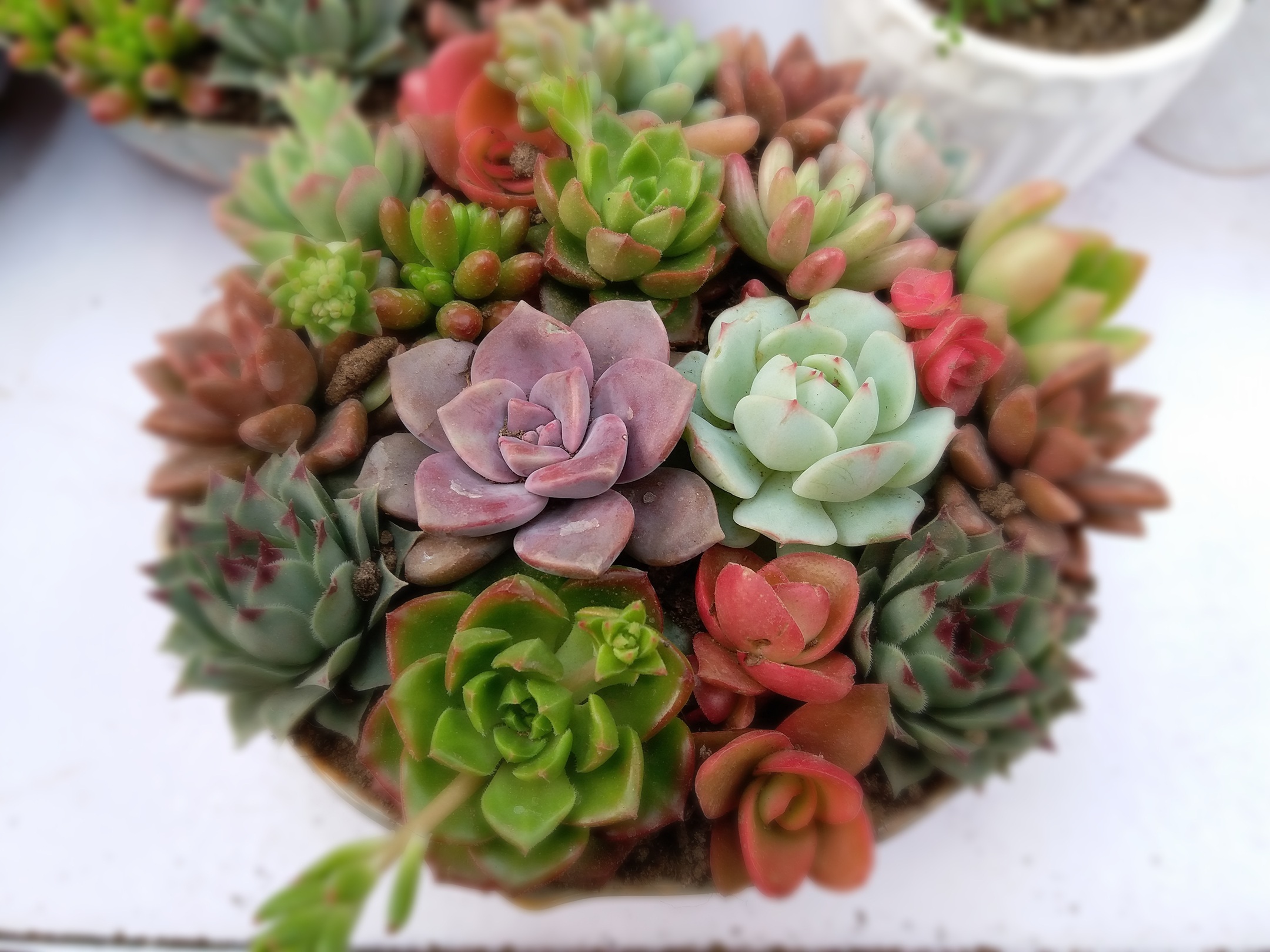Is It Okay To Crowd Succulents In Pots?
Crowding succulents in one pot can look beautiful and save space, but it comes with trade-offs. Succulents can live close together as long as they share the same care needs, but they will grow more slowly in tight spaces. If your goal is a full and decorative arrangement, crowding works well, but if you want faster growth, giving each plant more room is the better choice.
When you place several succulents in one container, the key is balance. They need similar light, soil, and watering conditions to stay healthy. Close planting creates a lush display, but it also means you must watch water and airflow more carefully to avoid rot or pests.
Choosing whether to crowd or space out your succulents depends on what matters most to you: a compact, styled arrangement or plants with room to spread. By understanding how crowding affects growth and care, you can set up your pot in a way that fits your goals.
Key Takeaways
- Succulents can grow in crowded pots if they share the same needs
- Tighter planting slows growth but creates a fuller look
- Proper care is essential to keep crowded arrangements healthy
Is It Okay to Crowd Succulents in Pots?
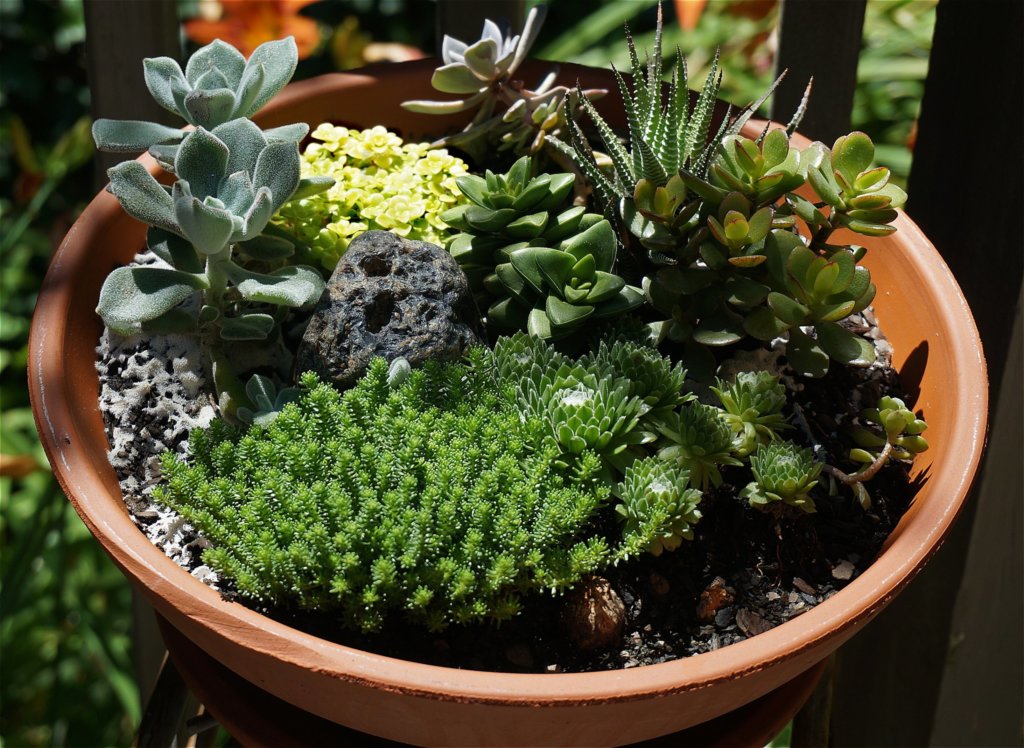
Crowding succulents in one pot can look attractive and save space, but it changes how the plants grow and how you care for them. The way roots, light, and water are shared makes a big difference in their long-term health.
Pros and Cons of Crowding Succulents
When you plant several succulents close together, you create a fuller look right away. This can make your pot look more decorative without waiting months for plants to spread. It also saves space if you have a limited area for pots.
However, crowding also comes with trade-offs. Roots may compete for water and nutrients, which can slow growth. Different species often have different water or light needs, making it harder to care for them properly.
Pros of crowding:
- Instant full look
- Saves space
- Easier to water one pot instead of many
Cons of crowding:
- Uneven growth rates
- Higher risk of rot or disease
- Harder to repot or separate later
Impact on Growth and Health
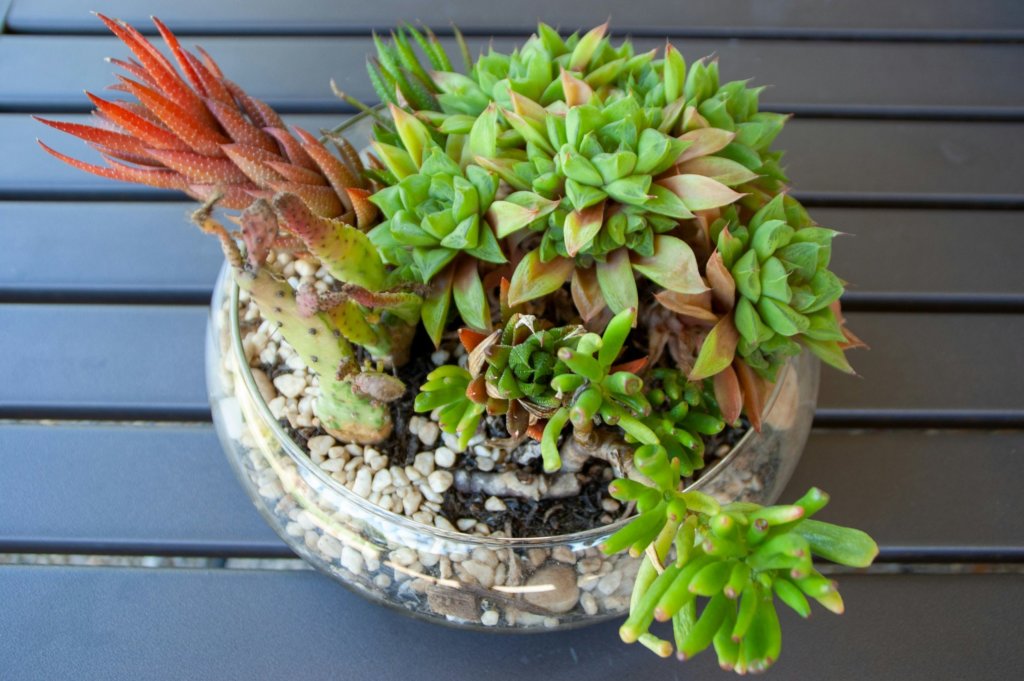
Succulents need space for their roots to spread and store water. When crowded, roots may stay shallow or tangled, which weakens the plant over time. Limited soil space also dries out faster, so you may need to adjust watering more often.
Too many plants in one pot can also reduce airflow around leaves. Poor airflow increases the chance of fungal problems and rot, especially if the soil stays damp. If one plant gets sick, it can spread quickly to the others.
Some succulents tolerate crowding better than others. For example, small rosette types may do fine together, while larger species like aloe or jade need more room. Matching plants with similar water and light needs makes crowding less risky.
Signs of Overcrowding
You can tell succulents are too crowded when they start stretching or leaning toward light. This means the plants are shading each other and not getting enough sun.
Roots poking out of drainage holes or circling the surface are another sign. This shows the pot is too small to support all the plants inside.
Other warning signs include:
- Leaves yellowing or dropping
- Soil drying out too quickly
- Slower or stunted growth
If you notice these issues, it may be time to thin out the pot or repot into larger containers.
Best Practices for Planting Succulents Together
You can create healthy succulent arrangements by paying attention to spacing, container size, and how different plants grow next to each other. Each of these factors affects how well your succulents adapt, share resources, and maintain their shape over time.
Ideal Spacing Recommendations
Succulents can grow close together, but spacing affects both appearance and plant health. If you want a full, compact look, you can plant them about ½ to 1 inch apart. This works best for smaller or slow-growing varieties.
For faster growers, leave at least 1–2 inches of space. This gives roots room to spread and reduces the need for frequent repotting. Plants with more space also dry out faster, which helps prevent root rot.
Think about your goal before planting. A tight arrangement looks lush right away but may require pruning or separating later. A looser layout allows plants to grow naturally with less maintenance.
Choosing the Right Pot Size
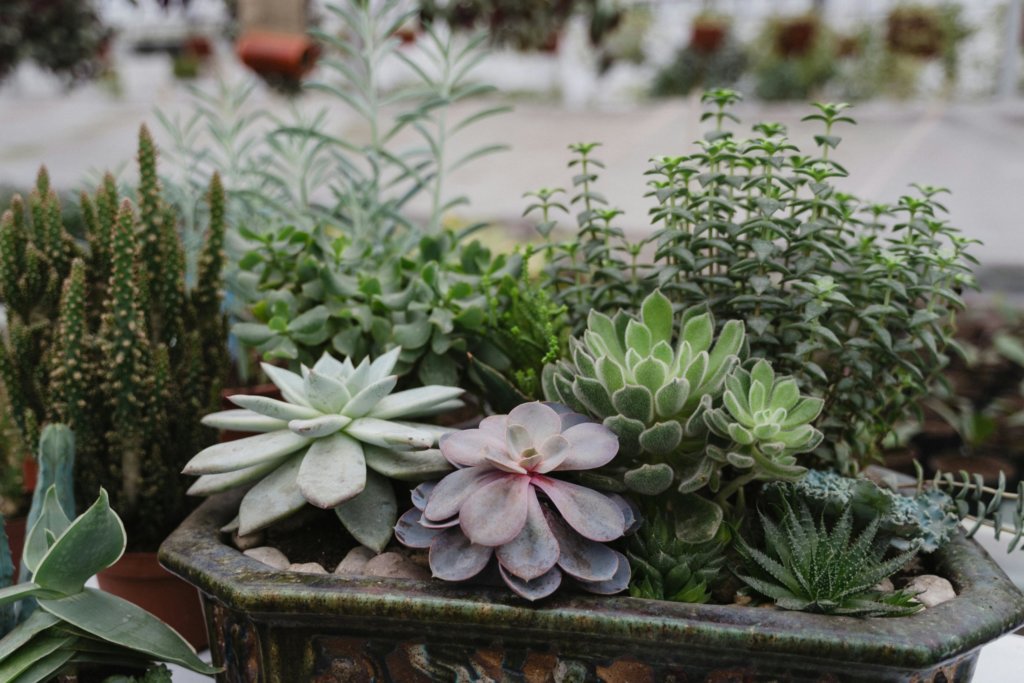
The pot you choose affects how your succulents share space. A container that is too small can crowd roots, while one that is too large may hold excess moisture. Both situations can stress your plants.
Select a pot that leaves about an inch of soil space around the root ball of each plant. This keeps roots supported without overwhelming them with extra soil. Always use a pot with drainage holes to prevent water buildup.
Shallow, wide pots often work best for groupings. They allow you to spread plants evenly and control spacing. Deep pots can trap water and are better suited for single, large succulents.
Arranging Different Succulent Varieties
When combining varieties, group plants with similar light and water needs. For example, mix rosette-shaped succulents like echeveria with other sun-loving types instead of pairing them with shade-tolerant species.
Pay attention to growth habits. Place taller succulents toward the back or center and shorter ones along the edges. This prevents shading and gives each plant enough access to light.
You can also create contrast by mixing different leaf shapes, colors, and sizes. A simple way to balance the look is to pair one focal plant with two or three smaller supporting varieties. This keeps the arrangement visually balanced and easier to maintain.
Caring for Crowded Succulent Arrangements
When succulents share a container, you need to adjust how you water, choose soil, and monitor for pests. Limited space means roots, leaves, and stems interact more closely, so small mistakes can affect the entire arrangement.
Watering Techniques
Crowded succulents use water differently than single plants. Since roots compete for moisture, you should water deeply but less often. This encourages roots to grow downward instead of spreading across the surface.
Always check the soil before watering. Insert your finger about an inch deep, if it feels dry, water thoroughly until liquid drains out the bottom. Avoid light, frequent watering, which can leave roots damp and prone to rot.
A watering schedule depends on temperature, light, and pot size. For example:
- Summer (active growth): every 7–10 days
- Winter (dormant phase): every 3–4 weeks
Adjust based on how quickly your soil dries. Using a squeeze bottle or narrow-spout watering can helps you direct water to the base without splashing leaves, which reduces rot and fungal problems.
Soil and Drainage Considerations
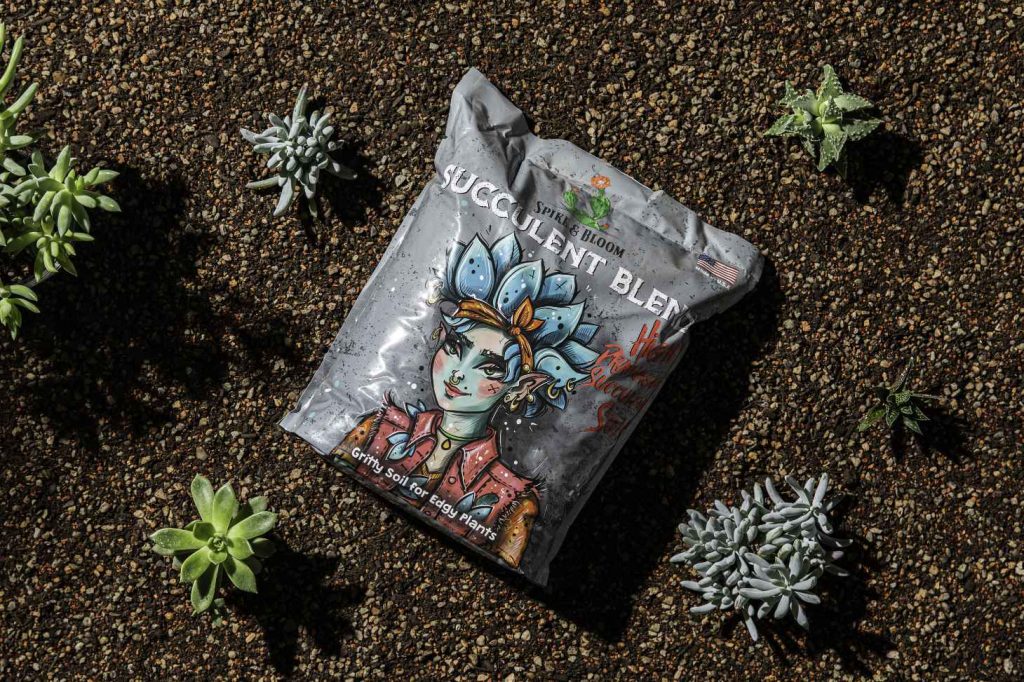
Soil choice matters more when succulents are crowded. Roots need air circulation, and dense soil holds too much water. Use a gritty mix with materials like pumice, perlite, or coarse sand. 3 parts potting soil, 2 parts coarse sand, and 1 part perlite or pumice is a reliable option for a potting mix.
Drainage holes are essential. Without them, excess water collects at the bottom and suffocates roots. If you use a decorative pot without holes, add a plastic nursery pot inside so you can lift it out to water.
When planting multiple succulents together, leave small gaps between root balls. Even a half-inch of space improves airflow and prevents roots from tangling too tightly. Over time, the plants will fill in naturally, creating a full look without stressing the root systems.
Managing Pests and Diseases

Crowded arrangements increase the chance of pests spreading quickly. Mealybugs, aphids, and spider mites often move from one plant to another through touching leaves. Inspect your plants weekly, especially in the crevices where insects hide.
If you notice pests, isolate the affected plant if possible. Wipe leaves with a cotton swab dipped in rubbing alcohol, or apply an insecticidal soap spray. Repeat treatments may be needed for full control.
Diseases like root rot and fungal infections also spread faster in tight spaces. Prevent this by using well-draining soil, proper watering, and good air circulation. Remove any dead leaves from the surface of the soil, since decaying matter attracts fungus and pests.
Keeping a small handheld fan nearby indoors can also improve airflow, reducing humidity around the leaves and lowering disease risk.
